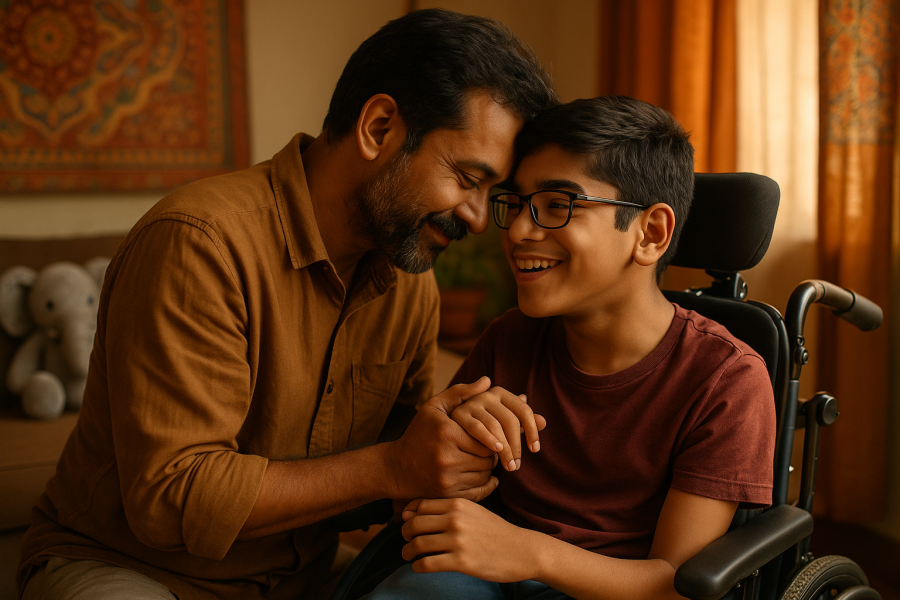- Argentina
- Australia
- Austria
- Bahrain
- Belgium
- Bhutan
- Brazil
- Brunei
- Cambodia
- Canada
- Chile
- China
- Colombia
- Cyprus
- Denmark
- Fiji
- Finland
- France
- Germany
- Greece
- Hong Kong SAR China
- Hungary
- India
- Indonesia
- Iran
- Iraq
- Israel
- Italy
- Japan
- Jordan
- Kenya
- Kuwait
- Luxembourg
- Macau SAR China
- Malaysia
- Maldives
- Mauritius
- Myanmar [Burma]
- Nepal
- Netherlands
- New Zealand
- Norway
- Oman
- Philippines
- Poland
- Portugal
- Qatar
- Russia
- Saudi Arabia
- Singapore
- South Africa
- South Korea
- Spain
- Sri Lanka
- Swaziland
- Sweden
- Switzerland
- Taiwan
- Thailand
- Turkey
- Ukraine
- United Arab Emirates
- United Kingdom
- United States
- Vietnam
- Yemen
- Zimbabwe
Common Writing Problems in Children with Cerebral Palsy

Common Writing Problems in Children with Cerebral Palsy
Children with cerebral palsy (CP) often experience various challenges with writing due to the motor impairments associated with their condition. Here are some common issues and potential strategies to help address them:
Common Writing Problems in Children with Cerebral Palsy
Fine Motor Skill Deficits:
- Difficulty gripping and manipulating a pencil or pen.
- Poor hand-eye coordination, leading to illegible handwriting.
- Slow writing speed due to effortful motor control.
Muscle Tone Issues:
- Hypertonia (increased muscle tone) can cause stiff, awkward movements.
- Hypotonia (decreased muscle tone) can result in weak, floppy movements.
Motor Planning and Execution:
- Dyspraxia, or difficulty planning and executing motor tasks, can make writing sequences challenging.
- Difficulty with letter formation and spacing.
Postural Instability:
- Inability to maintain a stable posture, leading to fatigue and decreased writing endurance.
- Poor trunk control affecting arm and hand movements.
Visual-Perceptual Challenges:
- Difficulty with visual tracking and spatial awareness, affecting alignment and spacing of letters.
Cognitive and Language Impairments:
- Some children may also have cognitive or language impairments that impact their ability to organize thoughts and content in writing.
Strategies to Support Writing in Children with CP
Assistive Technology:
- Use of adaptive writing tools, such as ergonomic pens, weighted pencils, or grips.
- Incorporation of computer-based tools like speech-to-text software, word processors, and specialized typing programs.
- Tablet applications that offer touch-based input and visual aids.
Occupational Therapy:
- Engaging in exercises to strengthen fine motor skills and improve hand-eye coordination.
- Practicing specific handwriting skills, such as letter formation, spacing, and alignment.
- Customizing writing tools and surfaces to match the child's needs.
Environmental Modifications:
- Ensuring an optimal seating arrangement with proper support to maintain good posture.
- Using slant boards or adjustable desks to improve the writing angle.
- Reducing environmental distractions to enhance focus and concentration.
Alternative Writing Methods:
- Allowing the use of keyboards or other digital input methods as alternatives to handwriting.
- Encouraging oral presentations or audio recordings for assignments when appropriate.
Task Adaptation:
- Breaking writing tasks into smaller, manageable steps with frequent breaks.
- Providing templates or outlines to help with organization and content planning.
- Using visual aids and graphic organizers to support writing structure.
Positive Reinforcement and Patience:
- Offering positive feedback and celebrating small successes to build confidence.
- Being patient and allowing extra time for writing tasks to reduce frustration.
Collaborating with Professionals
- Occupational Therapists: Provide targeted interventions and suggest appropriate adaptive tools.
- Special Educators: Develop individualized education plans (IEPs) that include specific writing goals and accommodations.
- Speech-Language Pathologists: Assist with language organization and alternative communication methods if necessary.
- Parents and Caregivers: Reinforce strategies and support practice at home.
Addressing writing problems in children with cerebral palsy requires a comprehensive and individualized approach, leveraging a combination of tools, therapies, and accommodations to enhance their writing abilities and overall learning experience.

 by Admin
by Admin


